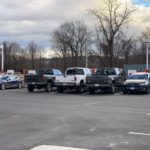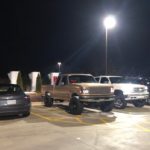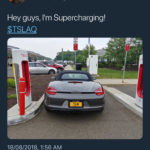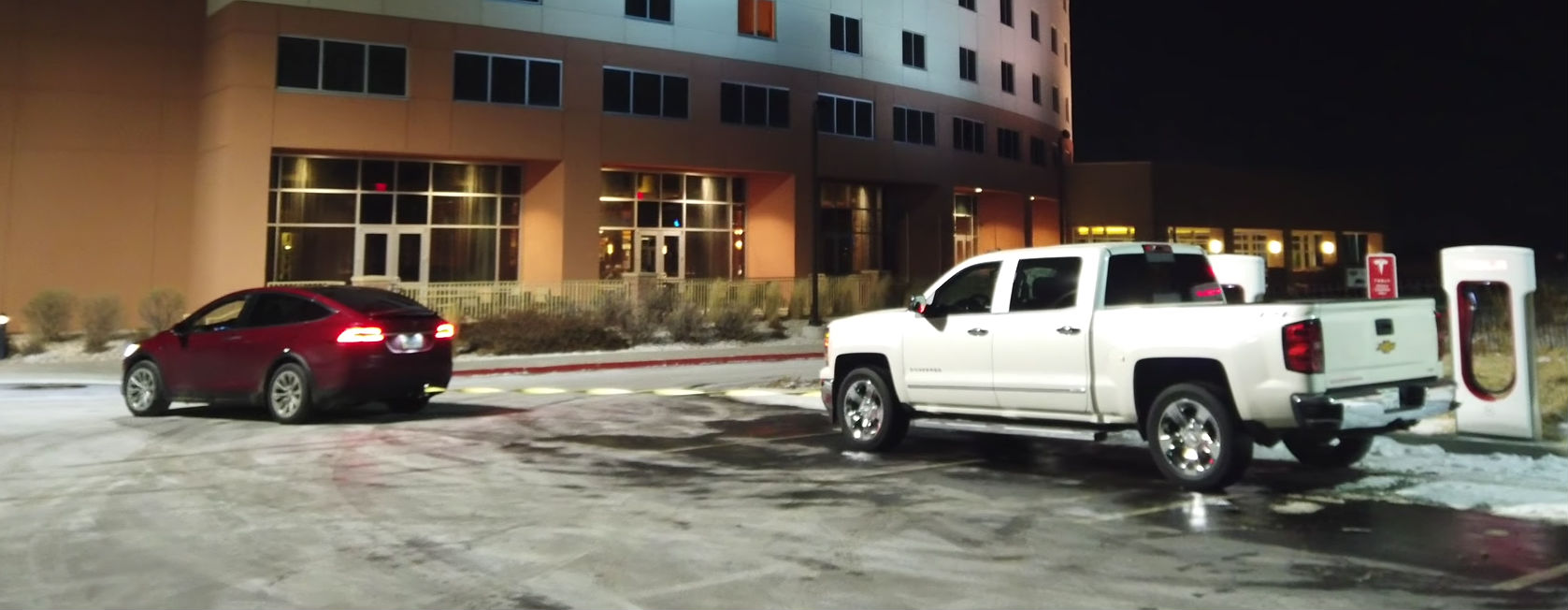
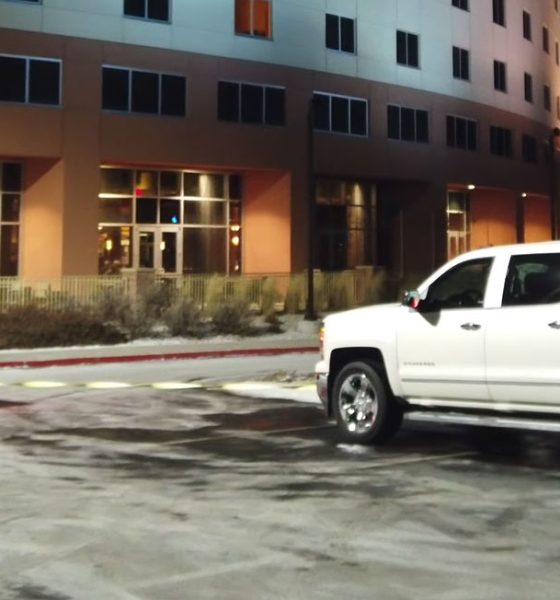
News
Tesla Model X easily tows Chevy Silverado 1500 from Supercharger in ‘De-ICE-ing’ feat
There is no denying that Tesla’s electric cars are bound to be polarizing for a long time to come. Operating independent of gasoline, the vehicles are practically a stand against the fossil fuel industry. Being sleek, powerful and quick, the cars also go against the notion that electric cars are boring and slow. Unfortunately, as Teslas become more commonplace with the ramp of the Model 3, the vehicles appear to be attracting more resistance from the anti-EV community as well.
Last month, several members of the Tesla community went online to share their experiences with a practice colloquially known as “ICE-ing,” which involves gasoline and diesel powered vehicles blocking access to a Supercharger. While some of these incidents might be the result of an honest mistake, some ICE-ing incidents are undoubtedly intentional. Noted TSLA short Mark Spiegel, for example, has proudly shown off his Porsche Boxster S blocking a Supercharger stall earlier this year. Tesla owners u/Leicina and u/BarcodeOfficial from the r/TeslaMotors subreddit uploaded photos of stations being intentionally blocked by pickup truck drivers as well. As noted by the Tesla owners, some of the truck drivers were even verbally harassing EV owners.
- Pickup trucks ICE-ing a Tesla Supercharger. (Photo: BarcodeOfficial/Reddit)
- Pickup trucks ICE-ing a Tesla Supercharger. (Photo: Leicina/Reddit)
- Tesla short-seller Mark Spiegel blocking a Supercharger station. (Photo: Mark Spiegel/Twitter)
Amidst these annoying (and disturbing to a point) incidents, one thing that these pickup truck drivers could easily forget is that Tesla’s electric cars are actually loaded with a lot of power, and they have the weight to back it up. Being equipped with electric motors, Tesla’s vehicles have a lot of torque, and thanks to their massive battery packs, they are also very heavy. The Tesla Model X, for example, was at its lightest at 5,072 pounds, and that was when the company was still selling the 60D variant. Thus, in theory, a Tesla should be able to tow an offending vehicle out of a Supercharger station if needed, or as a last resort in the event of an emergency.
Such a theory was recently put to the test by Tesla Model X 90D owner Patrick Lawson. In a video posted on his Tesla Trip YouTube channel, Patrick opted to see if his all-electric SUV would be able to tow a full-sized pickup truck out of a Supercharger. Fortunately for the Model X owner, his sister recently acquired a 2014 Chevrolet 1500 Silverado, and she was more than willing to see if her 5,104-lb pickup could be towed by the electric vehicle. Patrick opted to conduct the experiment at an empty Supercharger in Loveland, CO, and to make the scenario even more challenging; he opted to engage the truck’s emergency brake, simulating a situation where a driver intentionally leaves a vehicle parked for an extended period of time.
In the video, Patrick could be seen hooking up his Model X to the Chevy Silverado 1500, then slowly driving away, pickup truck in tow. From what could be seen in the experiment, the entire ‘De-ICE-ing” process was effortless for the all-electric SUV, with Patrick noting in a conversation with Teslarati that he had to “show constraint” as he “gently pressed on the Model X’s accelerator” to ensure that both vehicles don’t get damaged. The Model X did not have to engage Slip Start before it towed the Silverado as well, and no warnings were present on the vehicle while it was pulling the full-sized pickup. Ultimately, Patrick noted that entire “De-ICE-ing” process only took around five minutes.
With the ramp of the Model 3, Tesla’s electric cars are becoming more prevalent. Unfortunately, acts like ICE-ing Superchargers would likely continue as well. And it’s not just ICE-ing either. Some Tesla owners, among them racecar driver Leilani Münter, have noted on Twitter that she had been “coal-rolled” multiple times while driving in her Tesla. In a tweet, Elon Musk described these situations as “bizarre.”
Inasmuch as ICE-ing, or coal-rolling for that matter, is an annoyance that could escalate into something more dangerous, there is very little that the anti-EV crowd can do to stop the spread of electric cars. Countries across the globe such as China, which are large markets for the auto industry, are shifting to electric vehicles, and so are regions like Europe. Thanks to cars like the Model 3, electric vehicles are becoming more and more attainable as well. Coupled with a grid that is shifting towards cleaner energy, it would only be a matter of time before the auto industry shifts completely to electric.
Watch Patrick Lawson’s video of his Tesla Model X “de-ICE-ing” a Supercharger below.

Elon Musk
Elon Musk proposes Grok 5 vs world’s best League of Legends team match
Musk’s proposal has received positive reception from professional players and Riot Games alike.
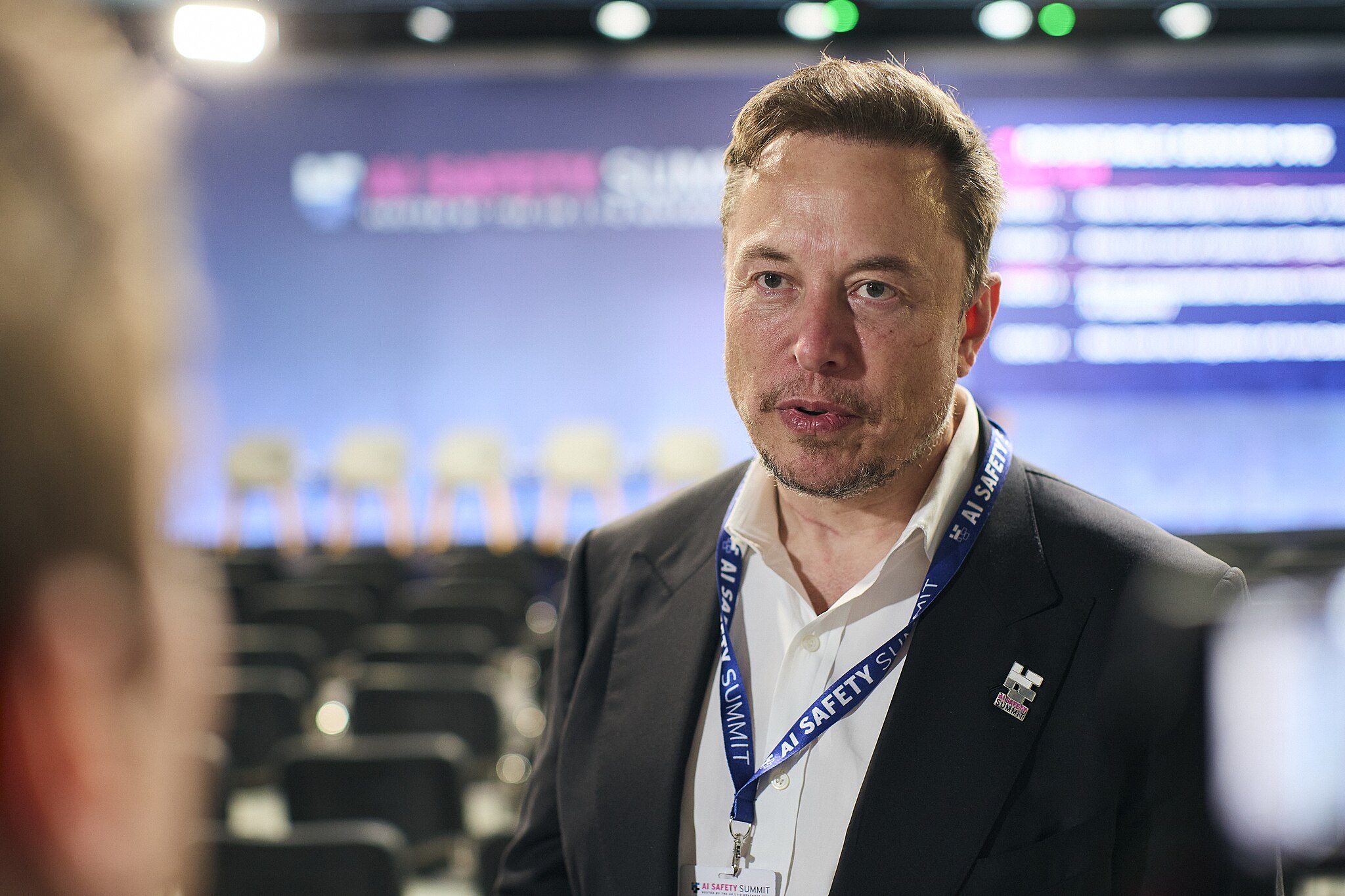
Elon Musk has proposed a high-profile gaming challenge for xAI’s upcoming Grok 5. As per Musk, it would be interesting to see if the large language model could beat the world’ best human League of Legends team with specific constraints.
Musk’s proposal has received positive reception from professional players and Riot Games alike, suggesting that the exciting exhibition match might indeed happen.
Musk outlines restrictions for Grok
In his post on X, Musk detailed constraints to keep the match competitive, including limiting Grok to human-level reaction times, human-speed clicking, and viewing the game only through a camera feed with standard 20/20 vision. The idea quickly circulated across the esports community, drawing commentary from former pros and AI researchers, as noted in a Dexerto report.
Former League pro Eugene “Pobelter” Park expressed enthusiasm, offering to help Musk’s team and noting the unique comparison to past AI-versus-human breakthroughs, such as OpenAI’s Dota 2 bots. AI researcher Oriol Vinyals, who previously reached Grandmaster rank in StarCraft, suggested testing Grok in RTS gameplay as well.
Musk welcomed the idea, even responding positively to Vinyals’ comment that it would be nice to see Optimus operate the mouse and keyboard.
Pros debate Grok’s chances, T1 and Riot show interest
Reactions weren’t universally optimistic. Former professional mid-laner Joedat “Voyboy” Esfahani argued that even with Grok’s rapid learning capabilities, League of Legends requires deep synergy, game-state interpretation, and team coordination that may be difficult for AI to master at top competitive levels. Yiliang “Doublelift” Peng was similarly skeptical, publicly stating he doubted Grok could beat T1, or even himself, and jokingly promised to shave his head if Grok managed to win.
T1, however, embraced the proposal, responding with a GIF of Faker and the message “We are ready,” signaling their willingness to participate. Riot Games itself also reacted, with co-founder Marc Merrill replying to Musk with “let’s discuss.” Needless to say, it appears that Riot Games in onboard with the idea.
Though no match has been confirmed, interest from players, teams, and Riot suggests the concept could materialize into a landmark AI-versus-human matchup, potentially becoming one of the most viewed League of Legends events in history. The fact that Grok 5 will be constrained to human limits would definitely add an interesting dimension to the matchup, as it could truly demonstrate how human-like the large language model could be like in real-time scenarios.
Tesla has passed a key milestone, and it was one that CEO Elon Musk initially mentioned more than nine years ago when he published Master Plan, Part Deux.
As per Tesla China in a post on its official Weibo account, the company’s Autopilot system has accumulated over 10 billion kilometers of real-world driving experience.
Tesla China’s subtle, but huge announcement
In its Weibo post, Tesla China announced that the company’s Autopilot system has accumulated 10 billion kilometers of driving experience. “In this respect, Tesla vehicles equipped with Autopilot technology can be considered to have the world’s most experienced and seasoned driver.”
Tesla AI’s handle on Weibo also highlighted a key advantage of the company’s self-driving system. “It will never drive under the influence of alcohol, be distracted, or be fatigued,” the team wrote. “We believe that advancements in Autopilot technology will save more lives.”
Tesla China did not clarify exactly what it meant by “Autopilot” in its Weibo post, though the company’s intense focus on FSD over the past years suggests that the term includes miles that were driven by FSD (Beta) and Full Self-Driving (Supervised). Either way, 10 billion cumulative miles of real-world data is something that few, if any, competitors could compete with.
Advertisement
–>
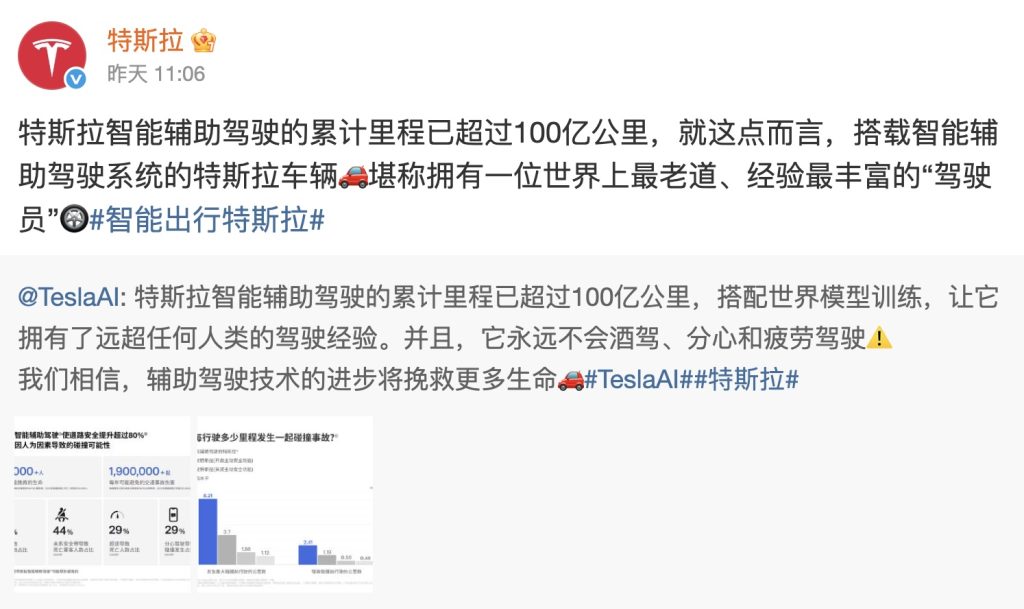
Elon Musk’s 10-billion-km estimate, way back in 2016
When Elon Musk published Master Plan Part Deux, he outlined his vision for the company’s autonomous driving system. At the time, Autopilot was still very new, though Musk was already envisioning how the system could get regulatory approval worldwide. He estimated that worldwide regulatory approval will probably require around 10 billion miles of real-world driving data, which was an impossible-sounding amount at the time.
“Even once the software is highly refined and far better than the average human driver, there will still be a significant time gap, varying widely by jurisdiction, before true self-driving is approved by regulators. We expect that worldwide regulatory approval will require something on the order of 6 billion miles (10 billion km). Current fleet learning is happening at just over 3 million miles (5 million km) per day,” Musk wrote.
It’s quite interesting but Tesla is indeed getting regulatory approval for FSD (Supervised) at a steady pace today, at a time when 10 billion miles of data has been achieved. The system has been active in the United States and has since been rolled out to other countries such as Australia, New Zealand, China, and, more recently, South Korea. Expectations are high that Tesla could secure FSD approval in Europe sometime next year as well.
News
Elon Musk’s Boring Company reveals Prufrock TBM’s most disruptive feature
As it turns out, the tunneling startup, similar to other Elon Musk-backed ventures, is also dead serious about pursuing reusability.
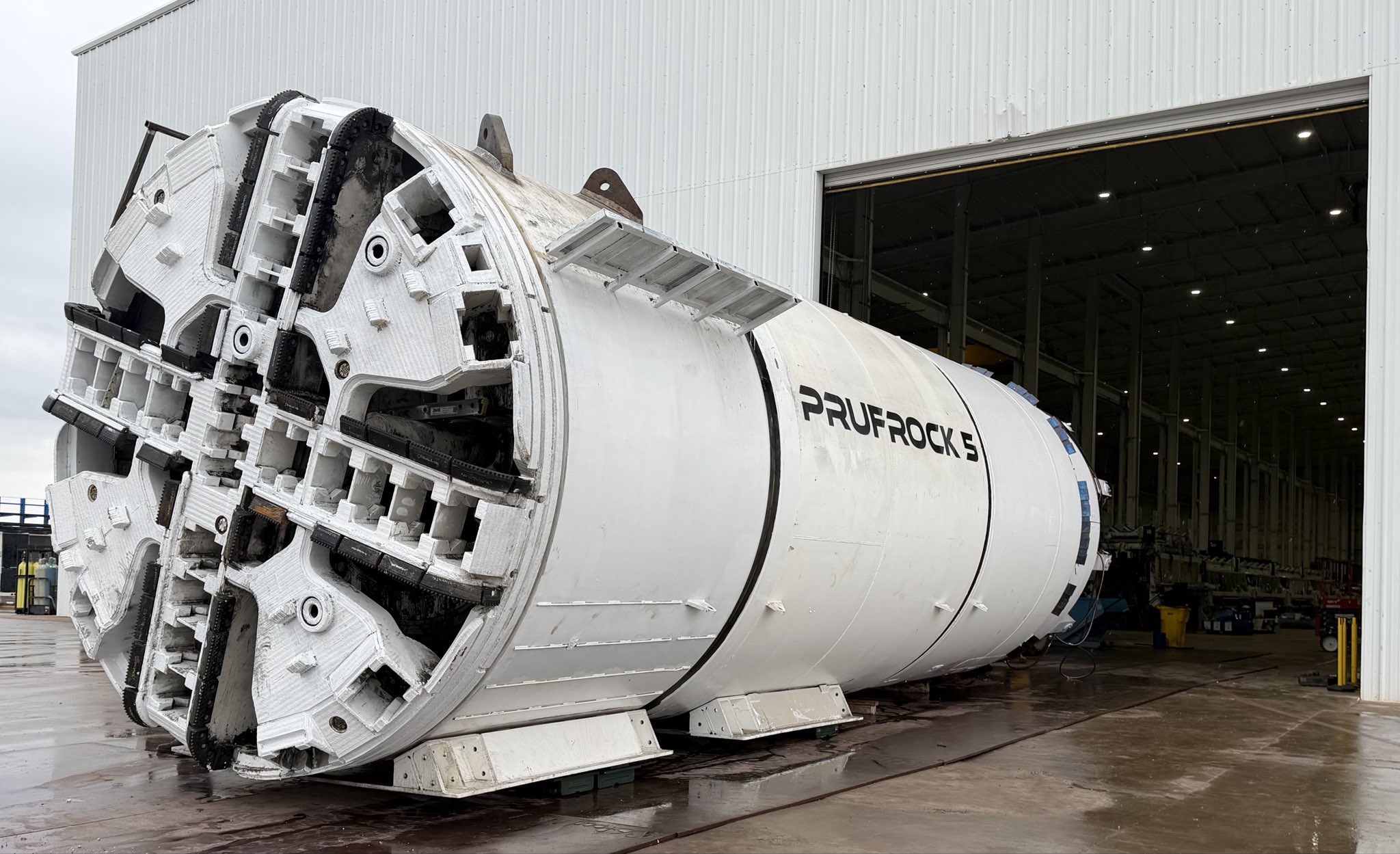
The Boring Company has quietly revealed one of its tunnel boring machines’ (TBMs) most underrated feature. As it turns out, the tunneling startup, similar to other Elon Musk-backed ventures, is also dead serious about pursuing reusability.
Prufrock 5 leaves the factory
The Boring Company is arguably the quietest venture currently backed by Elon Musk, inspiring far fewer headlines than his other, more high-profile companies such as Tesla, SpaceX, and xAI. Still, the Boring Company’s mission is ambitious, as it is a company designed to solve the problem of congestion in cities.
To accomplish this, the Boring Company would need to develop tunnel boring machines that could dig incredibly quickly. To this end, the startup has designed Prufrock, an all-electric TBM that’s designed to eventually be fast enough as an everyday garden snail. Among TBMs, such a speed would be revolutionary.
The startup has taken a step towards this recently, when The Boring Company posted a photo of Prufrock-5 coming out of its Bastrop, Texas facility. “On a rainy day in Bastrop, Prufrock-5 has left the factory. Will begin tunneling by December 1. Hoping for a step function increase in speed,” the Boring Company wrote.
Prufrock’s quiet disruption
Interestingly enough, the Boring Company also mentioned a key feature of its Prufrock machines that makes them significantly more sustainable and reusable than conventional TBMs. As per a user on X, standard tunnel boring machines are often left underground at the conclusion of a project because retrieving them is usually more expensive and impractical than abandoning them in the location.
As per the Boring Company, however, this is not the case for its Prufrock machines, as they are retrieved, upgraded, and deployed again with improvements. “All Prufrocks are reused, usually with upgrades between launches. Prufrock-1 has now dug six tunnels,” the Boring Company wrote in its reply on X.
The Boring Company’s reply is quite exciting as it suggests that the TBMs from the tunneling startup could eventually be as reusable as SpaceX’s boosters. This is on brand for an Elon Musk-backed venture, of course, though the Boring Company’s disruption is a bit more underground.
News
Tesla accused of infringing robotics patents in new lawsuit
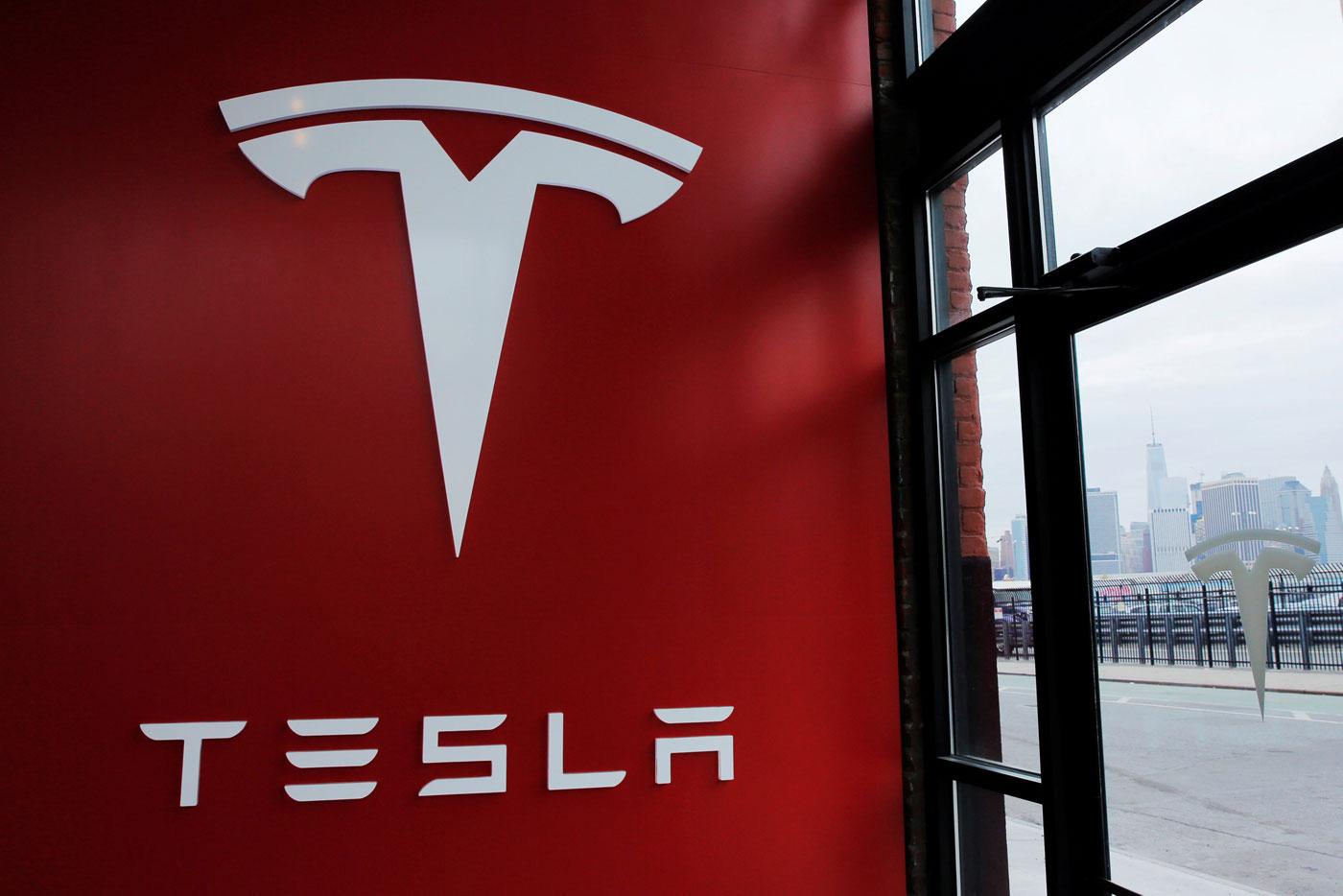
Tesla is being accused of infringing robotics patents by a company called Perrone Robotics, which is based out of Charlottesville, Virginia.
The suit was filed in Alexandria, Virginia, and accuses Tesla of knowingly infringing upon five patents related to robotics systems for self-driving vehicles.
The company said its founder, Paul Perrone, developed general-purpose robotics operating systems for individual robots and automated devices.
Perrone Robotics claims that all Tesla vehicles utilizing the company’s Autopilot suite within the last six years infringe the five patents, according to a report from Reuters.
Tesla’s new Safety Report shows Autopilot is nine times safer than humans
One patent was something the company attempted to sell to Tesla back in 2017. The five patents cover a “General Purpose Operating System for Robotics,” otherwise known as GPROS.
The GPROS suite includes extensions for autonomous vehicle controls, path planning, and sensor fusion. One key patent, U.S. 10,331,136, was explicitly offered to Tesla by Perrone back in 2017, but the company rejected it.
The suit aims to halt any further infringements and seeks unspecified damages.
This is far from the first suit Tesla has been involved in, including one from his year with Perceptive Automata LLC, which accused Tesla of infringing on AI models to interpret pedestrian/cyclist intent via cameras without licensing. Tesla appeared in court in August, but its motion to dismiss was partially denied earlier this month.
Tesla also settled a suit with Arsus LLC, which accused Autopilot’s electronic stability features of infringing on rollover prevention tech. Tesla won via an inter partes review in September.
Most of these cases involve non-practicing entities or startups asserting broad autonomous vehicle patents against Tesla’s rapid iteration.
Tesla typically counters with those inter partes reviews, claiming invalidity. Tesla has successfully defended about 70 percent of the autonomous vehicle lawsuits it has been involved in since 2020, but settlements are common to avoid discovery costs.
The case is Perrone Robotics Inc v Tesla Inc, U.S. District Court, Eastern District of Virginia, No. 25-02156. Tesla has not yet listed an attorney for the case, according to the report.
